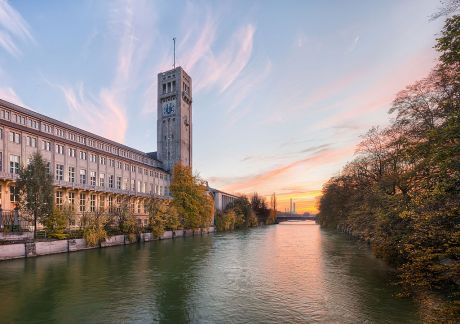Not much is known yet about how climate change will damage Europe's cultural artefacts. Therefore, the
CLIMATE FOR CULTURE (Damage risk assessment, economic impact and mitigation strategies for sustainable preservation of cultural heritage in the times of climate change) project investigated these effects and developed strategies to prevent them from happening.
Project partners determined the most serious climate change risks to historic artefacts in Europe and around the Mediterranean. This was achieved, for the first time ever, by correlating high-resolution regional climate modelling with building simulation tools. The result was the production of scenarios for future indoor climates in historic buildings.
The risks to the buildings and their interiors and valuable artefacts from the outdoor and indoor environments were determined using experimental monitoring techniques. These included laser interferometry (digital holographic speckle pattern interferometry) investigations and assessments of corrosive environments with highly sensitive glass sensor dosimeters from previous EU projects.
A software algorithm was developed to change analogue temperature and relative humidity data into digitalised data. The DigiChart software for digitising thermos-hygrograph charts can be downloaded from the project website. In addition, a comprehensive set of data from more than 100 historic buildings was collated in a database and used to develop the concept of generic buildings.
By using generic buildings, information about how indoor conditions change as a result of a changing outdoor climate can be easily obtained. Therefore, the high-resolution climate projections from Europe and around the Mediterranean can be used to assess the impact of climate change in various regions. These climate projections are summarised in 55 650 climate and risk maps of future induced risks to historic buildings and their interiors.
Ultimately, the managers of these historic buildings will be better equipped to preserve the structures. The solutions obtained for the buildings in these regions could be applied to those in any other similar climatic zones. The simulations could also be extended to other sectors like agriculture, fisheries, tourism, construction and even insurance.

